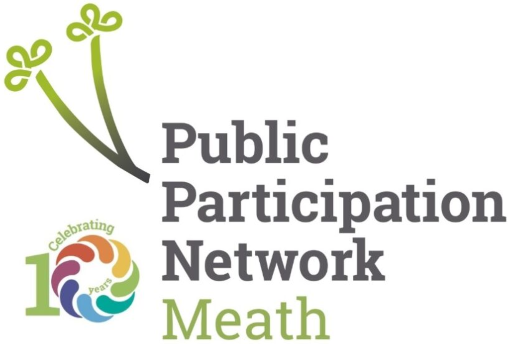Virtual Reality & Adult Education

Use of Virtual Reality (VR) in Adult Education contexts working with disadvantaged adult learners – How to get started?
The last couple of years, the use of VR in education has gained more and more attention and the group of ‘believers’ in the potential of VR in education is growing every day. Additionally, companies specialized in the development of educational VR-software apps and learning platforms have become a booming business since COVID reduced most of our social interactions to online gatherings. Top universities such as Oxford, Harvard, Stanford, etc. are of course well ahead in the game, but in general, more and more higher education institutions are finding their way to VR learning environments.
However, what about institutions for community or vocational education, that often work with adult learners who are hard to engage in learning activities? How can we create meaningful learning experiences using VR for audiences with rather disadvantaged backgrounds, such as refugees, NEETS, long-term unemployed or persons with disabilities?
Thanks to the Viral Skills-project, an Erasmus+ project funded by the European Commission, a consortium of social partner organisations decided to investigate and facilitate this process by exploring the field of VR, both in terms of hardware (VR-devices) and software (VR-apps).
Meath partnership was one of these organisations and organised a training for adult educators from Meath and beyond to further explore this topic. The good news is, any educator who is interested in introducing the VR experience to its group of learners, can quite easily do so. The easiest way is probably to search for “360 video education” on Youtube. You could of course further specify your search according to your topic of interest. 360 videos are a fun way to introduce VR and foster the digital skills of your learners while getting to know more about space, the underwater world or the human body, just to name a few.
If you would be in the position to spend some small (!) budget or you are one of the happy few who is still able to teach in an offline face-to-face setting, the Google Cardboard might be the better option. This is a VR-device made from cardboard that costs around € 15 and, by combining the cardboard with your smartphone, it allows you to have true immersive experiences. Google offers a wide range of subjects around Arts and Culture that are easy to use when you have a Google Cardboard. Still too expensive? Why not consider buying 3 of them for your group of 9 learners, and make sure everyone gets to take turns in smaller groups?
As you can see, there’s no excuse not to get started with offering your group a taste of VR as there is probably no better way to prepare your learners for the future than to bring the future to them.
For more information and educational materials available free for use, visit https://www.viralskills.eu/en/ or get in touch with Meath Partnership’s Education and Training Centre: eline.dilien@meathpartnership.ie


